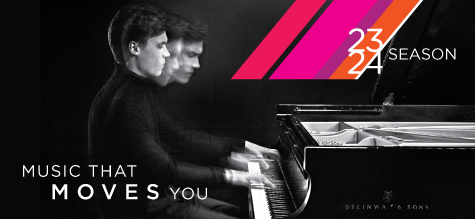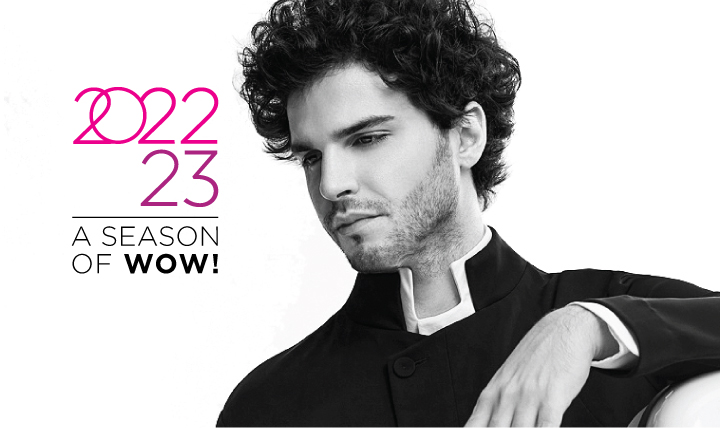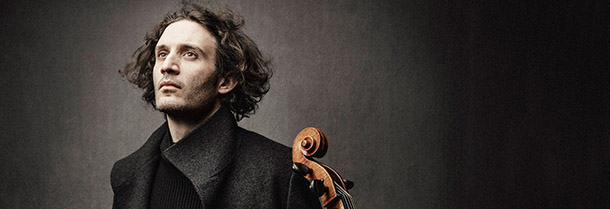Category: Blog
-

NOTICE OF THE VANCOUVER RECITAL SOCIETY’S AGM
The Board of Directors of the Vancouver Recital Society hereby gives notice that the Annual General meeting of the Society will be held online, via ZOOM (details below) on the 20th day of February, 2025 at 5:30pm for the following purposes: To receive the report of the directors to the members. To receive the financial statements of…
-

-

NOTICE OF THE VANCOUVER RECITAL SOCIETY’S AGM
The Board of Directors of the Vancouver Recital Society hereby gives notice that the Annual General meeting of the Society will be held online, via ZOOM (details below) on the 22nd day of February, 2024 at 5:30pm for the following purposes: To receive the report of the directors to the members. To receive the financial…
-

-

NOTICE OF THE VANCOUVER RECITAL SOCIETY’S AGM
The Board of Directors of the Vancouver Recital Society hereby gives notice that the Annual General meeting of the Society will be held online, via ZOOM (details below) on the 16th day of February, 2023 at 5pm for the following purposes: To receive the report of the directors to the members. To receive the financial…
-

-

JOIN US!
Fresh off the announcement of an exciting fall season, Vancouver Recital Society is delighted to announce our recruitment drive for new members to the Board of Directors. Are you passionate about classical music and looking for ways to give back to your community, build your network and become more engaged? We are currently looking for…
-

-

PROGRAM NOTES: NICOLAS ALTSTAEDT
Henri Dutilleux Trois strophes sur le nom de Sacher Swiss conductor Paul Sacher (1906-1999), founder of the Basel Chamber Orchestra, was an immensely important figure in 20th-century music. With a family fortune based on a controlling share of the Hoffman-LaRoche pharmaceutical empire, he commissioned works from some of the century’s greatest composers. These commissioned works…
-

NOTICE OF THE VANCOUVER RECITAL SOCIETY’S AGM
NOTICE OF ANNUAL GENERAL MEETING OF MEMBERS OF VANCOUVER RECITAL SOCIETY (the “Society”) The Board of Directors of the Society hereby gives notice that the Annual General Meeting of the Society will be held Online, via ZOOM (details below), on the 22nd day of February, 2022, at the hour of 5:30pm, for the following purposes: To receive…

